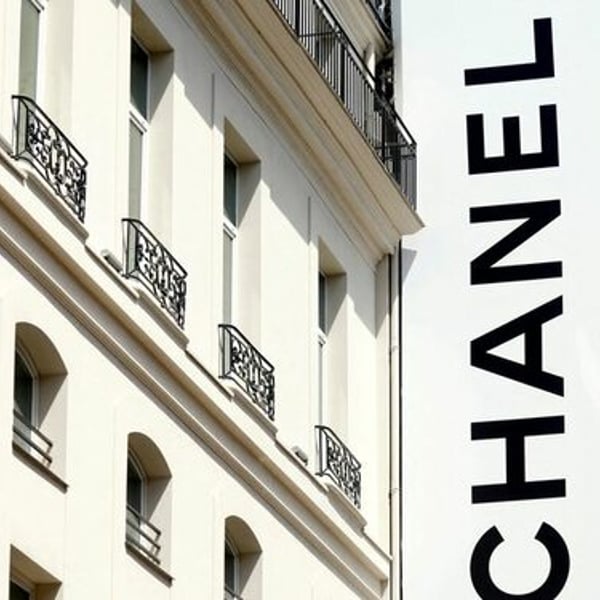By
Reuters
Published
Jun 10, 2024
The departure of Chanel‘s top designer early Thursday sent ripples across the $1.62 trillion luxury goods industry at a time when all the major global players are at a crossroads.
The playbook at the world’s top fashion labels like privately owned Chanel and LVMH-owned Louis Vuitton and Dior has been to heavily market new styles from their high-profile designers while significantly boosting retail prices.
Major luxury companies have hiked product prices by 33% on average since 2019. That accounted for half of the industry’s organic sales growth in the past two years, RBC estimates show.
As the cost of living soars around the world, shoppers have become pickier, challenging the companies’ core strategies.
Chanel, the second largest luxury label after Louis Vuitton, reported 16% sales growth last year to nearly $20 billion, double the revenue a decade earlier. Price hikes accounted for more than half of the increase.
Chanel designer Virginie Viard, who had worked alongside Karl Lagerfeld and succeeded him after his death in 2019, made her mark at Chanel with breezy, Eighties-flavored renditions of the label’s famous tweed ensembles. The news on Thursday of Viard’s departure kicked off speculation about who will replace her.
Like many other luxury companies, Chanel has raised prices considerably since the pandemic, with the classic flap bag costing more than double at over 10,000 euros ($10,800).
Earlier this month, Chanel warned it was entering a more challenging environment, and has had to increasingly defend its lofty prices.
“I think the whole industry pushed prices too far,” HSBC analyst Erwan Rambourg said.
“Even die-hard Chanel fans criticize the brand’s multi-year spike in bag prices,” added Monika Arora, founder of fashion website PurseBop.com.
Investors in Chanel’s publicly traded rivals are also wondering whether the sector’s steep price hikes signal a lack of fresh ideas.
“Investors worry that the price increases may have priced out or alienated consumers and that brands will have limited growth levers in the short term,” said Carole Madjo, head of European luxury goods research at Barclays.
Luxury executives have only recently begun to acknowledge that the downturn has significantly narrowed the number of shoppers who can afford pricey belts, bags, shoes, wallets and designer clothing.
LVMH Chief Financial Officer Jean-Jacques Guiony said in April the “aspirational customer” without vast fortunes “has to adjust to that new normal; it’s not going to take 5 minutes.”
“When you have price increases, well, there should be a reason behind it,” LVMH Chairman and CEO Bernard Arnault told analysts in January. “The product must justify this.”
Further price hikes could be hard to justify.
In a rare move, Chanel rival Saint Laurent, a Kering-owned label, lowered prices of the Loulou small bag and Classic Cassandre chain wallet, Barclays analysts said, noting that previous price hikes might have been too aggressive.
Competitor Gucci, also Kering-owned, is increasing the number of super-pricey products in its collections. Yet it also hopes to appeal to less affluent, aspirational shoppers with utilitarian products such as $200 ankle socks with neat stripes.
Larger brands must cater to younger, more aspirational shoppers as well as the resilient ultra-wealthy ones, Rambourg said. “When you sell more than 10 billion euros ($10.80 billion) of products a year, it’s not an either/or.”
© Thomson Reuters 2024 All rights reserved.







